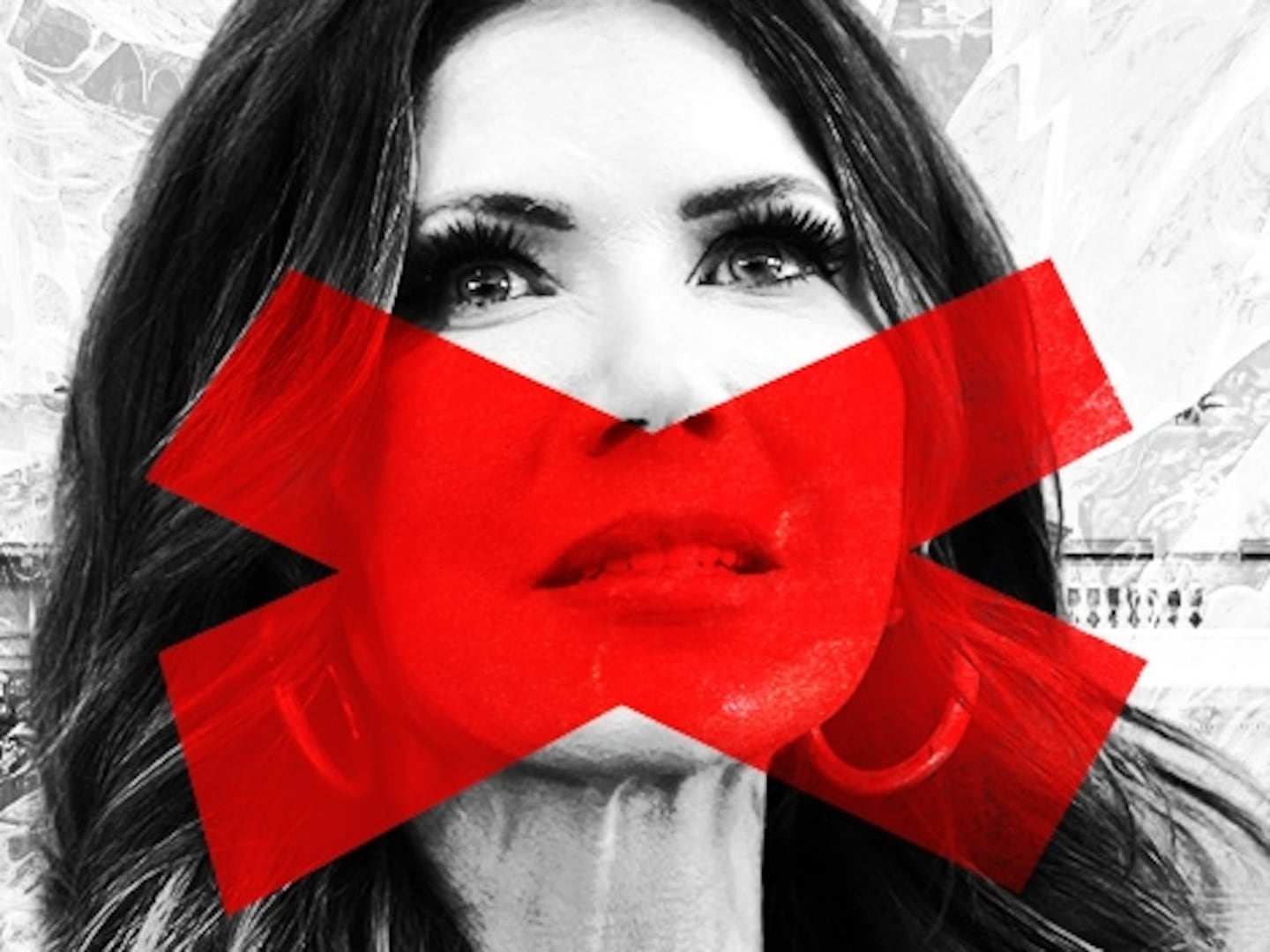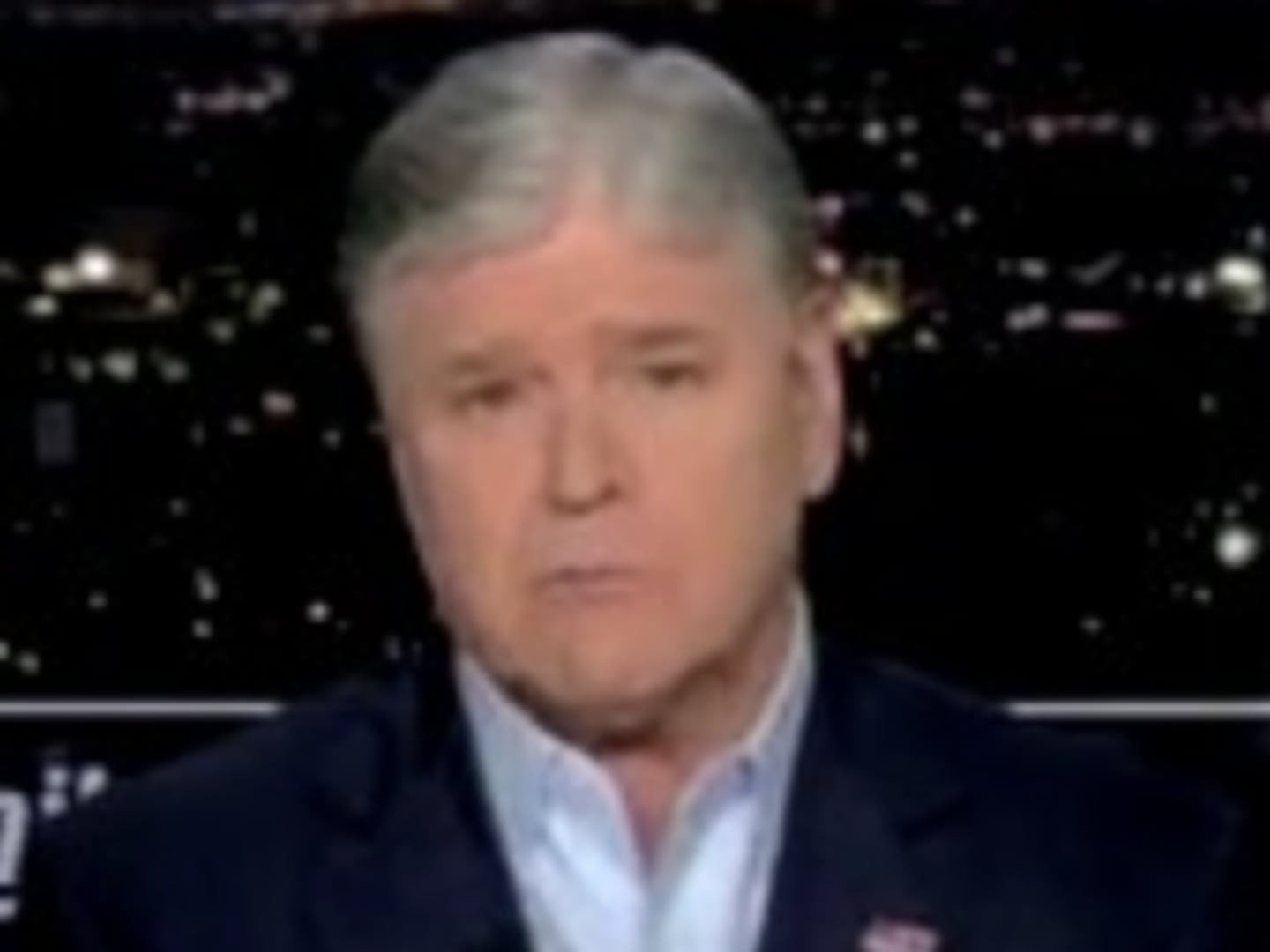Cineastes with a taste for Hollywood pop culture revere 1982 as a particularly unusual moment. It was during that year that major studios unleashed an unprecedented avalanche of A-list cult ’n’ classic science fiction, fantasy, and horror films, a virtual landslide of mid-range to big-budget genre productions which roared through neighborhood theaters with near-simultaneous timing.
Consider: John Carpenter’s The Thing, John Milius’ Conan the Barbarian, Nicholas Meyer’s Star Trek: The Wrath of Khan, Tobe Hooper’s (or was it Steven Spielberg’s?) Poltergeist, Tron, The Dark Crystal, Cat People—each of these then new releases battled for multiplex supremacy during one remarkable year. Not to mention more conventional prestige projects, offerings like 1982’s Tootsie, An Officer and a Gentleman, and Gandhi, which unexpectedly found themselves squaring off against a rowdy pack of pulpy upstarts.
Despite that crowded field, one film thundered ahead to become 1982’s most financially successful, audience-friendly, champ. This was Spielberg’s E.T. The Extraterrestrial. A sweet, sentimental crowd-pleaser released during the summer of ’82, ET became a true blockbuster, an unstoppable box office juggernaut whose cute, stranded-alien, candy-coated storyline fiscally crushed any celluloid opponent foolish enough to oppose it.
Lost within the buzzing swarm of that same summer of ’82, however, was another landmark film, one which was the antithesis of ET in every way: a thoroughly adult, genuinely original motion picture that became another victim of ET’s fiscal massacre. Ironically, this same overlooked film would later be recognized as a far more enduring and influential science fiction picture than Spielberg’s popular confection. This despite the fact that during its original theatrical release, this science-fiction earth shaker was basically seen by only a handful, championed by a few, and bloodied by dozens of lacerating contemporary critical reviews.
I refer, of course, to Blade Runner, British filmmaker Sir Ridley Scott’s astonishingly imagistic, thematically rich, summer of ’82 follow-up to his previously successful 1979 Alien.
Unfortunately, where Alien had reaped a financial windfall by skillfully mashing together conventional suspense/thriller/haunted house/monster-on-the-loose tropes before pouring them into the uniquely claustrophobic mold of a grungy, strikingly conceived blue-collar spacecraft, Blade Runner was more meditative than menacing, more concerned with the death of the soul than toothy extraterrestrial bloodletting. In fact, Blade Runner was anything but a conventional entertainment. The scattered audience who initially viewed it discovered a melancholic dirge set within an overwhelmingly entropic Los Angeles, circa 2019, an overcrowded, simultaneously decaying/impressively new metropolis drenched in perpetual acid rain.
This dark city’s mean streets were aswarm with obnoxious pre-recorded announcements, too, as well as multitudinous neon signage and massive video screens plastering the sides of looming megastructures. Scott’s futuristic LA was also the home of a burnt-out alcoholic ex-cop, Rick Deckard (Harrison Ford), a licensed-to-kill Blade Runner who used to work for a special LAPD hit squad.
As BR begins, Deckard is forced out of retirement to be tasked with the sanctioned assassination of five “replicants” (artificially created “more human than human” constructs). One of these manufactured humans is the eerily beautiful Rachel (Sean Young), whose innocent eroticism Deckard initially resists but eventually finds hopelessly alluring. Blade Runner’s remaining “skin jobs” are more lethal, though. Led by the brilliant and deadly “combat model” Roy Batty (Rutger Hauer), three other replicants are stalking Los Angeles with murderous intent, each fixated on a desperate attempt to somehow extend the lethal limitations of their built-in four-year lifespans.
By Blade Runner’s conclusion, most of these skin jobs are dead. An injured Deckard finds himself alive. He is, however, also infected with existential dread. Could this apparently oh-so-human killer cop be, perhaps, a replicant himself?
Heady stuff for the summer of ET. But it is precisely because of Blade Runner’s fascinating subtexts and intricately layered production designs (which include fabulous flying cars designed by renowned industrial artist Syd Mead) that, 35 years on, BR is acknowledged as a bona fide SF masterwork, one whose ongoing impact has been so great that its densely detailed contents have overflowed its original cinematic container to infiltrate and influence other artistic currents.
BR’s still distinctive “look,” for example, has surged through decades of succeeding grunge-and-glitter science fiction films (Ghost in the Shell or The Fifth Element, anyone?). Its dour, cynical, street-level take on the perils of high tech also had a major impact on textual science-fiction, particularly the SF subgenre named cyberpunk (a la William Gibson’s Neuromancer). Today, Blade Runner is routinely cited as a key influence on not only futuristic films and literature, but on such real-world matters as fashion, pop music, cinematography, production design, and architecture.
Full disclosure: the proofs behind those proceeding claims can be found in my recently revised and updated book Future Noir; The Making of Blade Runner. First authored in 1996, Future Noir recounts how I was fortunate enough to be embedded with the Blade Runner production unit throughout 1980 and 1982, wherein, due to the kind graces of the filmmakers themselves, I was given unprecedented access to every phase of Blade Runner’s preproduction, principal perfect photography, and special effects phases. All this older BR info butts up against new Future Noir additions (such as fresh chapters concerning the 2007 Blade Runner Final Cut and new interviews with Harrison Ford and Sean Young), as well as a section on the eagerly anticipated, 35 years in the making Blade Runner sequel, Blade Runner 2049.
End of shameless self-promotion. Historically minded readers should be aware that Blade Runner was based on a 1968 SF novel titled Do Androids Dream of Electric Sheep? by Philip K. Dick, a currently en vogue master of alternate realities. Sheep’s cinematic adaptation was scripted by one time actor Hampton Fancher and Unforgiven screenwriter David Peoples. Unusually, while BR’s script radically changed many of the outward trappings of Dick’s novel, it stayed remarkably true to the book’s central metaphysical concerns. These included such thorny metaphysical questions as, what does it mean to be human? What is empathy? Are we turning into monsters? Are our artificial intelligences becoming a danger to us? Most importantly, what is real?
Director Scott, himself suffering from the depressive emotional effects of the recent, unexpected death of his older brother Frank (from skin cancer), subsequently expanded upon Fancher and People’s screenplay by suffusing Blade Runner with a melancholic atmosphere of looming doom and beautiful decay. The director furthermore stuffed every frame of his film with a then unheard-of amount of futuristic detailing, blending such recognizable Los Angeles landmarks as the genuine downtown Bradbury building with an imaginary thousand-story tall, bronzed Mayan pyramid. Finally, Blade Runner cannily, and intentionally, laminated its science-fiction trappings with an overlay of tropes endemic to ’40s film noir: a flawed antihero (Deckard) is inextricably drawn into a mystery which threatens his very survival, a seductive femme fatale (Sean Young) enters his life, and a corrupt society (typified by the cruel corporate overlord Eldon Tyrell, played by Joe [The Shining] Turkel) deviously exploits and betrays. Each of these noir standards was then visualized by shadowy, expressionistic cinematography, which, in Blade Runner’s case, pulled off the impressive trick of replicating a black-and-white thriller through gloriously gloomy color cinematography.
“When it came to Blade Runner’s overall design aesthetic, I decided to combine a realistic recreation of the Los Angeles of 1982 with a fanciful futuristic environment. A large part of that envelope was determined, in my mind, by what I thought would be the logical future of outdoor advertising,” Scott told me in 1982. “That, I knew, was going to be fucking overwhelming.”
Scott’s filmic Los Angeles was eventually realized as a grim, confounding contradiction, with dreary darkness intermittently illuminated by a near-psychedelic barrage of ubiquitous visual hucksterism. Bizarre advertising blimps floated through the city's massive concrete canyons, their inflated, asymmetrical surfaces encrusted with countless product logos and garish video billboards. Meanwhile, as previously noted, the highest reaches of BR’s towering megastructures were slathered with 200- to 300-story high video billboards; these perpetually flashed brand names like Coca-Cola, or displayed perfectly coiffed, beautifully made-up geisha girls seductively swallowing drugs (which, although never explicitly stated in the film, were meant to represent birth-control pills, a rather pathetic graphic plea to help stem further births in an already insanely overcrowded metropolis).
Such advertising overkill had actually already been predicted in science-fiction literature. For instance, The Space Merchants, a satirical, chillingly prophetic 1953 novel by SF Grand Master authors Frederik Pohl and Cyril M. Kornbluth, used the perspective of a futuristic advertising executive to examine a society completely overwhelmed by rampant consumerism. In Pohl and Kornbluth’s world, an electronic ad would appear on your bedroom ceiling the moment you opened your eyes in the morning, while merry little product jingles would trill from your bathroom mirror as you watched yourself shave.
It took Ridley Scott, however, and BR’s army of graphic designers, to become the first major film to so stunningly visualize books like The Space Merchant’s commercial overkill. Providentially, advertising was already in Scott’s blood. The British director had previously shot, storyboarded, and directed thousands of commercials for perfumes, automobiles, breads, and high fashion. Scott subsequently poured all of his prior expertise, plus a formidable background in fine art (Ridley was educated at the Royal College of Art alongside fellow classmate David Hockney), into BR’s remarkable portrayal of futuristic advertising run amok.
“I’ve said this before, but a lot of the overall environment we came up with for Blade Runner was simply a forecasting of what I’d already seen in high density urban centers throughout the world,” Scott explained. The real-world locations of which Scott spoke (whose characteristics were then “futurized” and thrown together, hip-hop style, for BR itself) included the financial center of Hong Kong, Tokyo’s Ginza district, London’s Piccadilly Circus, New York’s Times Square, and Milan’s business area.
Which accounts for all that neon. Exotic and banal neon signage seems to light nearly every frame of Blade Runner—neon logos for the White Dragon noodle chain, neon adverts for TDK recording tapes, neon logos for Koss headphones, neon billboards for Japanese and Latino products. Such aggressive visual publicity might be commonplace today, but it certainly was not the case in 1982, when the majority of America’s middle class had fled to the nation’s suburbs to avoid inner cities regarded as crime-ridden cesspools. Three and a half decades ago, Blade Runner did reflect this early-eighties thinking by showing its fictional Los Angeles as a direly crumbling metropolis, but it also accurately predicted the incredible accretion of the type of all-pervasive advertising that has slowly consumed contemporary urban centers today.
BR’s ubiquitous neon signage comprised dozens of color-drenched glass sculptures. These were either manufactured explicitly for, or scavenged from, other productions for Scott’s own film. “There was so much neon, in fact,” BR cinematographer Jordan Cronenweth once told me, “that we had a seven-man team whose sole responsibility was to take care of the signs.”
A crucial member of BR’s neon team was art department member Tom Southwell. “I eventually wound up designing a lot of the original neon signage,” Southwell recounts in Future Noir. “(BR Production designer) Larry Paull came to me during prep and said, I want you to come up with two neon designs a day for the next 20 days, I was like, what? (laughs) But I got to it. We spent about $100,000 fabricating the neon that I designed. The rest came from this fantasy Las Vegas neon signage (like a leg swinging, cowboy-hatted cowgirl) that Francis Ford Coppola had had made for One From the Heart. We repurposed all that [material] so that it didn’t look like it came from One From the Heart.”
Today, much of Scott’s 35-year-old future casting—especially in terms of its ubiquitous advertising—is depressing reality. Try viewing Blade Runner in the quiet of your home; next, take a stroll through New York’s Times Square or Los Angeles’ Universal Citywalk. You’ll quickly realize that the soul-crushing barrage of nonstop advertising that was a key component of Scott’s 1982 fictional classic has become 2017’s overwhelming reality. So much so, in fact, that if we stop to think about it, we might conclude that there is so much relentless contemporary advertising that each advert cancels out the one that came before. Seriously—who can possibly keep the totality of today’s never-ending onslaught in their head?
A question that was already (if obliquely) answered back in 1982, through the dying words of Roy Batty. Who, at Blade Runner’s end, so eloquently predicts:
“All those moment will be lost, in time.
“Like tears, in rain.”






